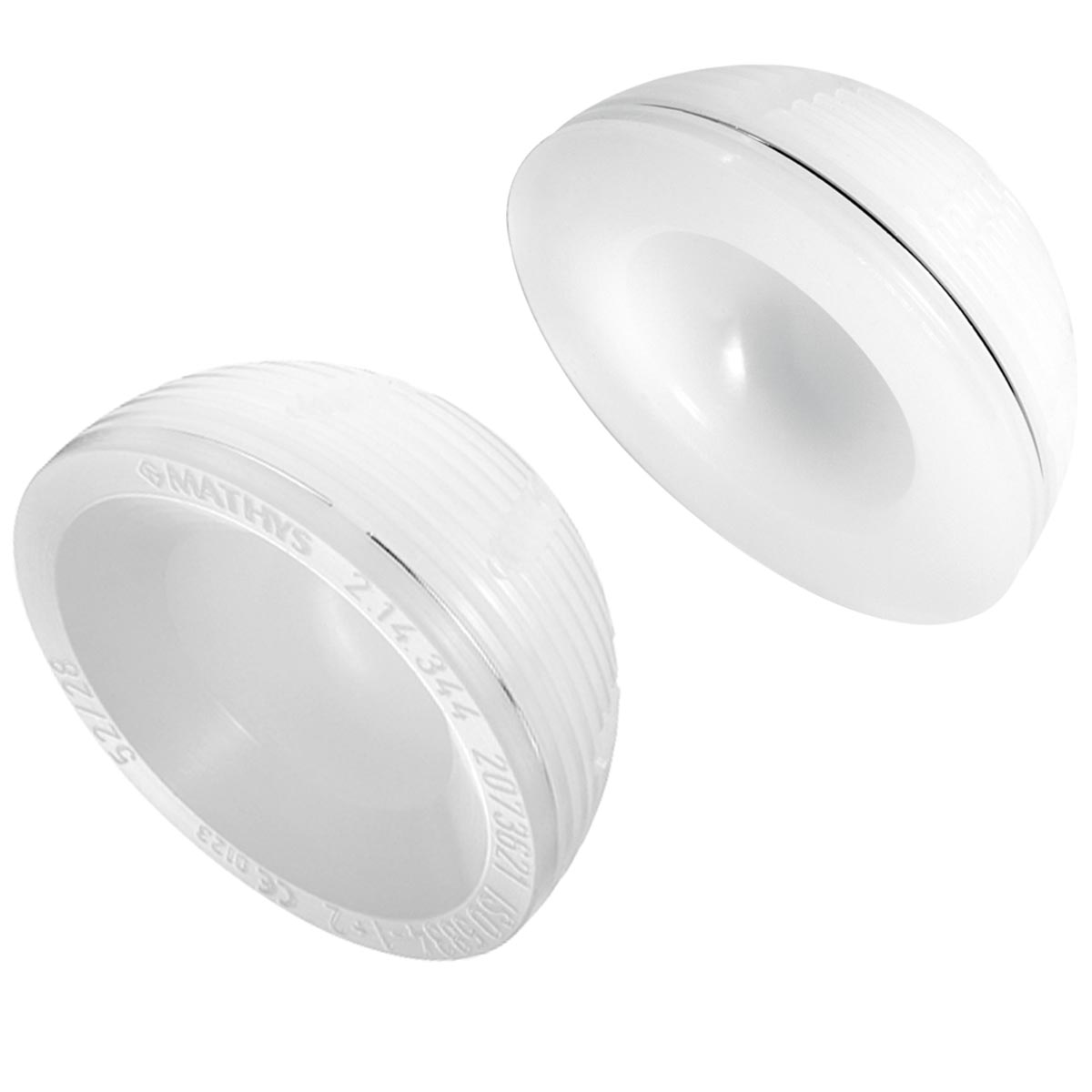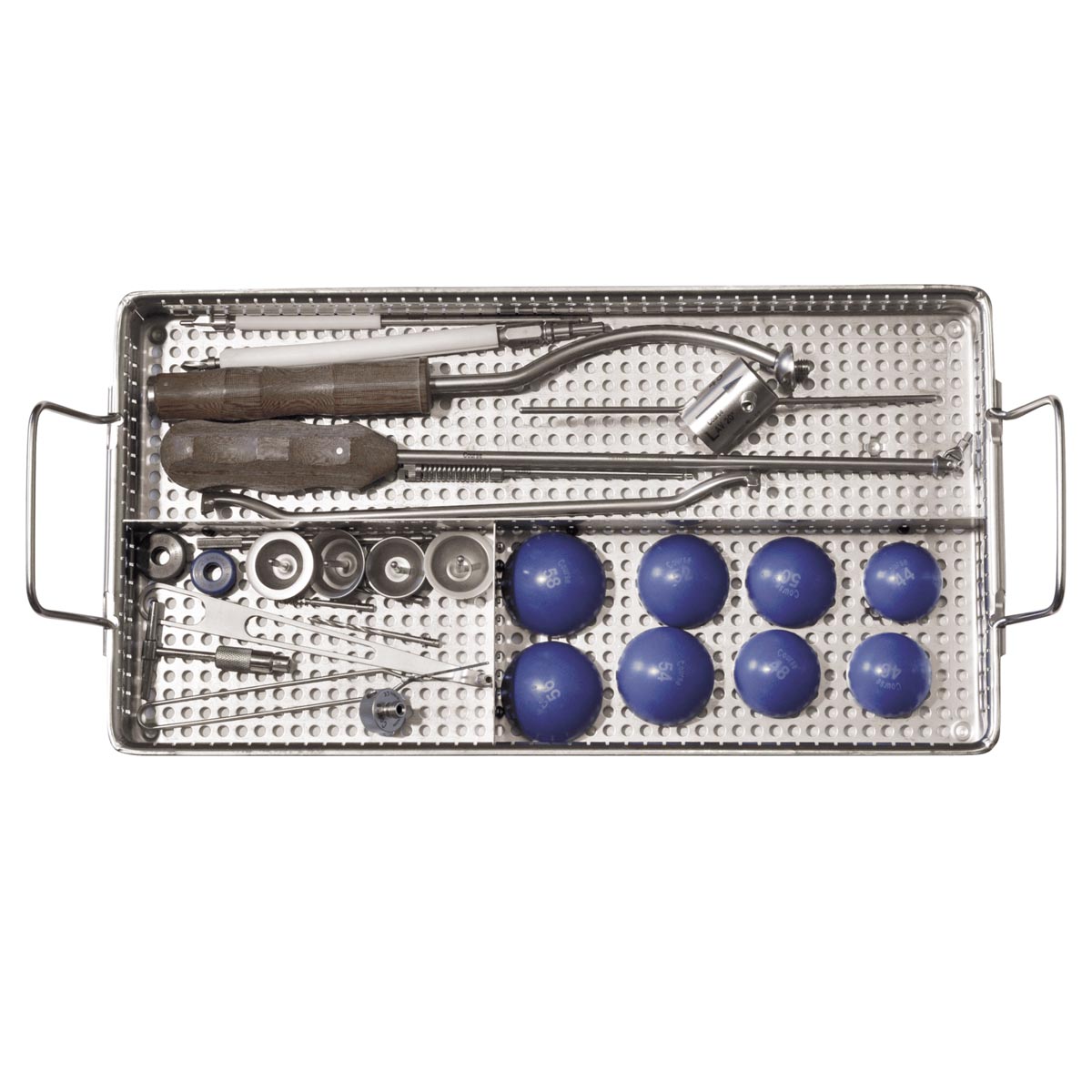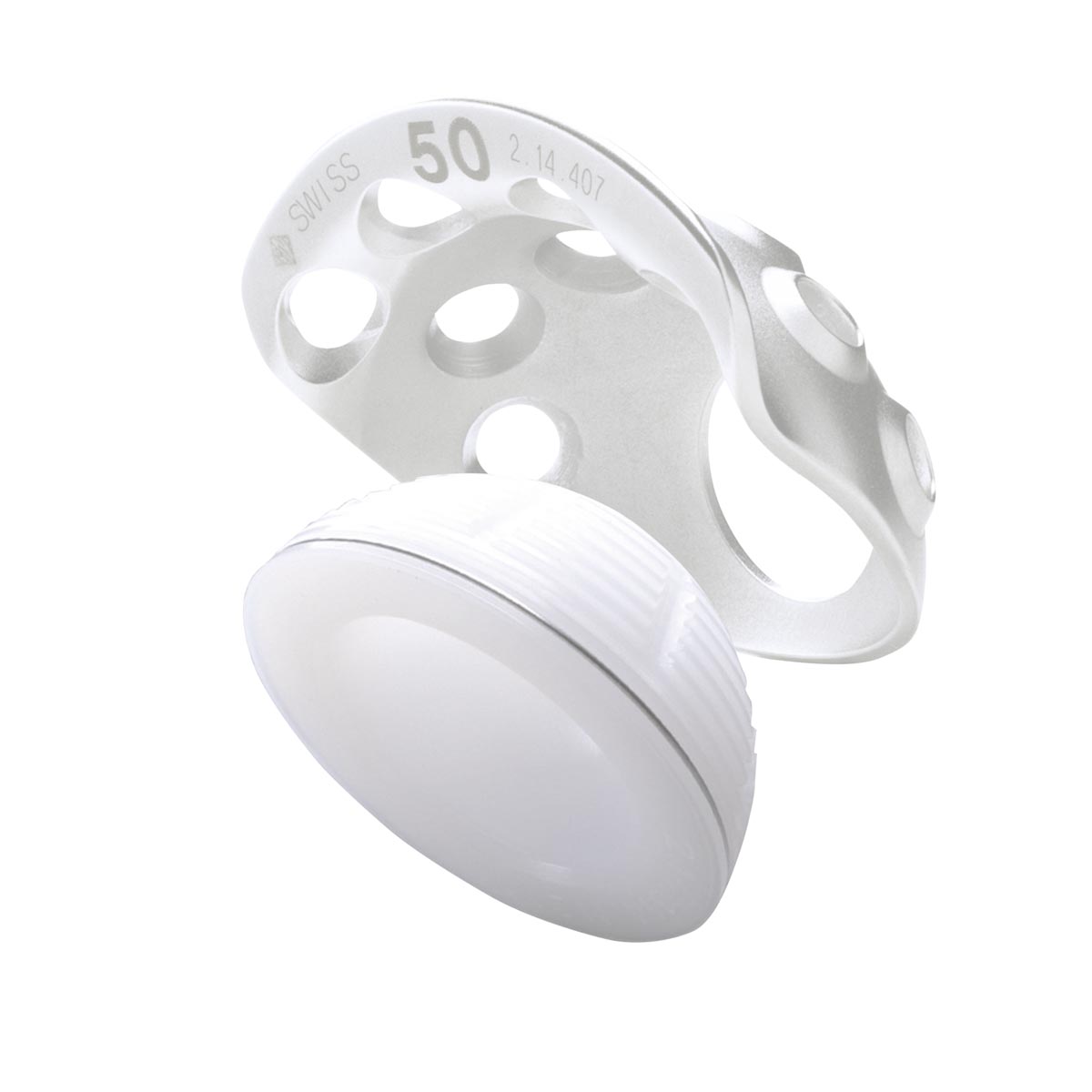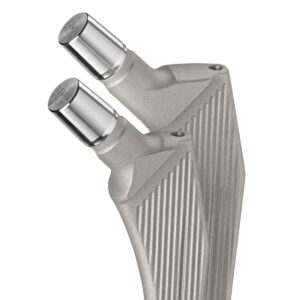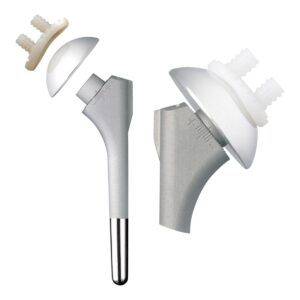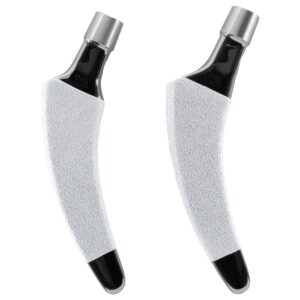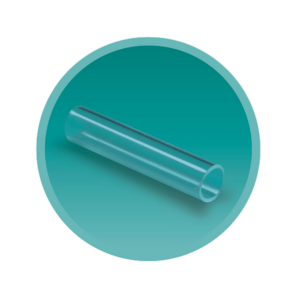CCB
MATHYS
CCB
Cemented Cup
In cooperation with Prof. Maurice E. Müller, Mathys developed and produced the cemented M.E. Müller cup. Since 1996, Mathys has sold the cup under its own name (CCB).
The CCB cup is a cemented monoblock acetabular cup made of UHMWPE with an integrated radiopaque wire. It follows the Müller philosophy. In conjunction with or without an acetabular roof reinforcement ring, the CCB cup is used for treating diseased hip joints in primary and revision surgery. The portfolio covers a full and a low- profile version and is available in twelve sizes. The CCB cup demonstrates good long-term results with respect to implant survival.1
Update: The Enovis and Mathys product range is now exclusively available through LimaCorporate in the UK. Osteotec remains the distributor for Enovis and Mathys customers in Ireland (Republic of Ireland and Northern Ireland) and the Nordics (Norway, Sweden, Denmark, and Finland).
Enquire
For further information, questions regarding this product, or to discuss alternative solutions, please get in touch with your local Sales Specialist or our Head Office using the form or the contact details at the bottom of the page.
Stay in touch
NEWSLETTER
Sign up to receive email updates on new product announcements, insights on surgical techniques from surgeons, specialists, and sales representatives and industry trends, such as changes in regulations and new research findings.
